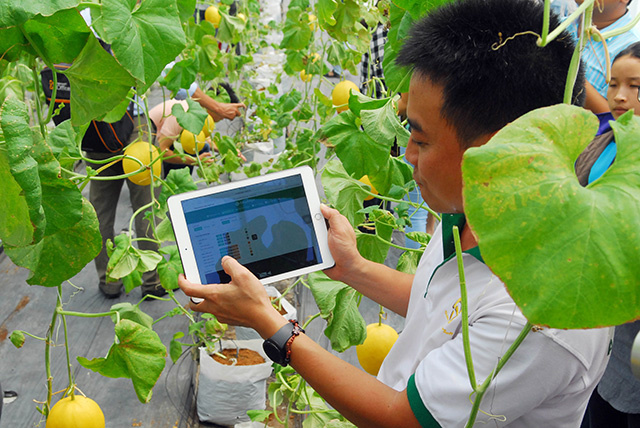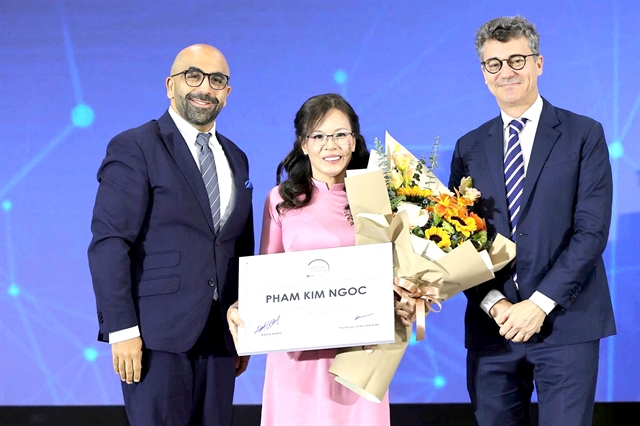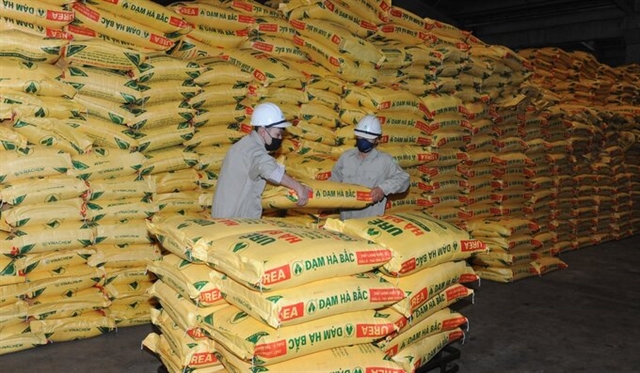 Economy
Economy


|
| Việt Nam plans to have 25 per cent of organic fertiliser used in local production over the next three years. — Photo baonongnghiep.vn |
HÀ NỘI — The Ministry of Agriculture and Rural Development (MARD) aims to have local production using 25 per cent organic fertilisers in the next three years.
MARD also planned to increase the amount of qualified production by 1.25 times, equivalent to 5 million tonnes per year.
MARD said it would develop the production and use of organic products, while maintaining efficiency and sustainability, and contributing to promoting added value and protecting the environment.
The industry is developing a model for the use of organic fertilisers, using economical, balanced and effective fertilisers in nine key national crop groups.
In the action plan to increase production and use of organic fertilisers, and to use fertilisers economically, in a balanced and efficient manner for the 2022 - 2025 period, MARD will review a new system of standards and regulations.
It will support the registration and recognition of organic fertilisers that do not have to be tested in accordance with the law to develop a rich and diverse set of products in terms of quantity and type. New organic fertiliser products will also be researched and developed through the selection of input materials and appropriate production technology.
It will encourage the development and use of self-produced organic fertilisers on an industrial and household scale, taking advantage of abundant and available by-products in cultivation, husbandry and aquaculture, agricultural product processing, and domestic waste.
In June 2022, Director of the Plant Protection Department, Hoàng Trung, said that the proportion of organic fertilisers in the total production of the country had increased significantly compared to 2017, from 6.3 per cent to 23 per cent. At that time, more than 4,000 organic fertiliser products, an increase of more than 8 times, were in circulation.
The number of factories and fertiliser production capacity both increased by 1.7 times and 1.4 times, respectively. Total production of industrial organic fertiliser increased by 2.5 times.
"This is an achievement and a good sign for agricultural production because it has helped reduce the pressure on nutrient supply for crops in the context of high prices of inorganic fertilisers," said Trung.
Total fertiliser production capacity of Việt Nam reached 29.25 million tonnes per year, including organic fertiliser. If the production of local fertiliser producers runs smoothly, they can meet domestic demand for nitrogenous and phosphate fertilisers, particularly in potash and NPK.— VNS


.jpg)

